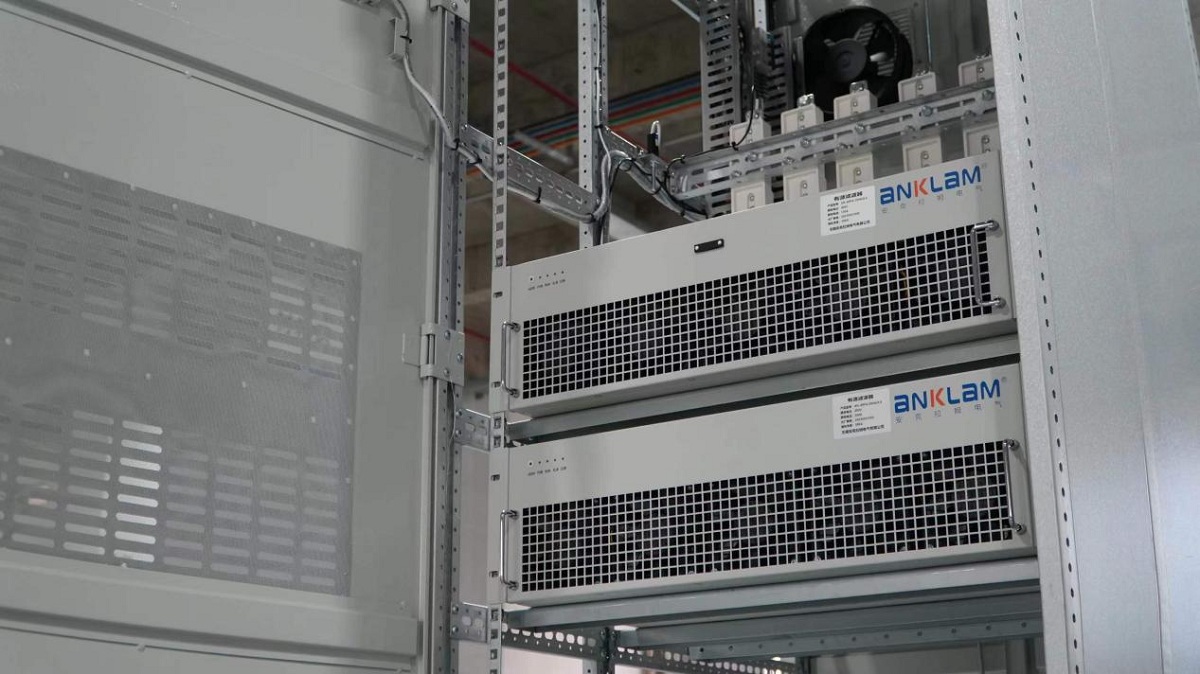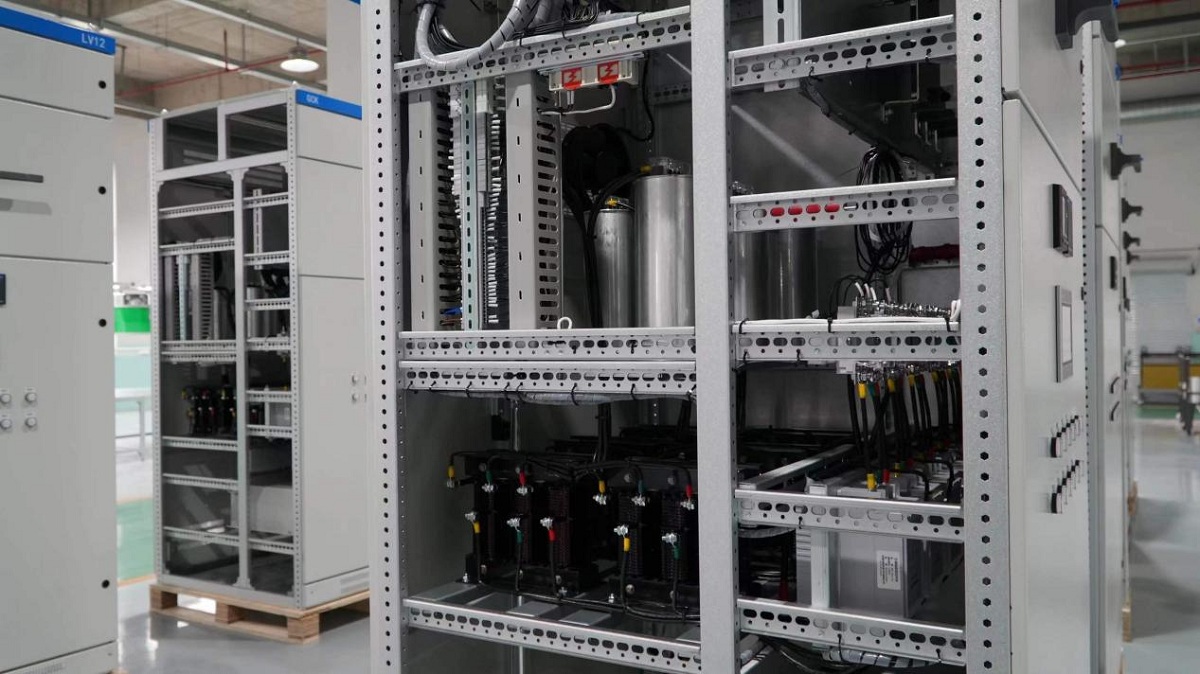Active power Filter (APF) is an efficient power quality control equipment, which can dynamically absorb and compensate harmonic current in power grid and improve power quality. At present, the development status of APF active power filters in China can be summarized from the following aspects:

1. Technological progress: With the rapid development of power electronics technology, APF's topology, control strategy and manufacturing process are constantly optimized and innovated. Domestic enterprises and research institutions have made remarkable progress in the research and development of APF's core technologies, and some technologies have reached the international advanced level.
2, market demand growth: with the complexity of industrial automation and power systems, harmonic problems are becoming increasingly prominent, and the demand for APF is gradually increasing. Especially in new energy grid connection, electric vehicle charging facilities, data centers and other emerging fields, APF has broad application prospects.
3. Policy support: The government attaches great importance to power quality management and has issued a series of policies and standards to regulate and promote the development and application of power quality management equipment such as APF. For example, the 13th Five-Year Plan mentions the development and application of power electronics technology.
4, industrial layout: a number of domestic regions have formed an APF active power filter industry chain, including component manufacturing, equipment integration, system integration and engineering services. Some companies have become leaders in the field of APF, not only in the domestic market has a place, has now moved to the international market expansion.

5, market competition: with the growth of market demand and the reduction of technical threshold, more and more enterprises enter the APF industry, and the market competition is becoming increasingly fierce. This encourages enterprises to increase investment in research and development, improve the cost performance and service level of products.
6, environmental protection requirements: the strengthening of environmental protection policies makes the application of APF more attention. APF can effectively reduce power grid losses and electromagnetic radiation, and help achieve energy conservation, emission reduction and green development goals.
7.Technological innovation and challenges: Although domestic APF technology has made certain progress, it still faces challenges in some high-end applications and key technologies. For example, for APF equipment with higher voltage levels and higher power capacity, domestic enterprises need to further improve the technical level and product performance.
It can be seen that the domestic APF active power filter industry is in a stage of rapid development, the market demand is strong, technological innovation is active, and policy support is strong, but at the same time it is also facing fierce market competition and technological innovation challenges.